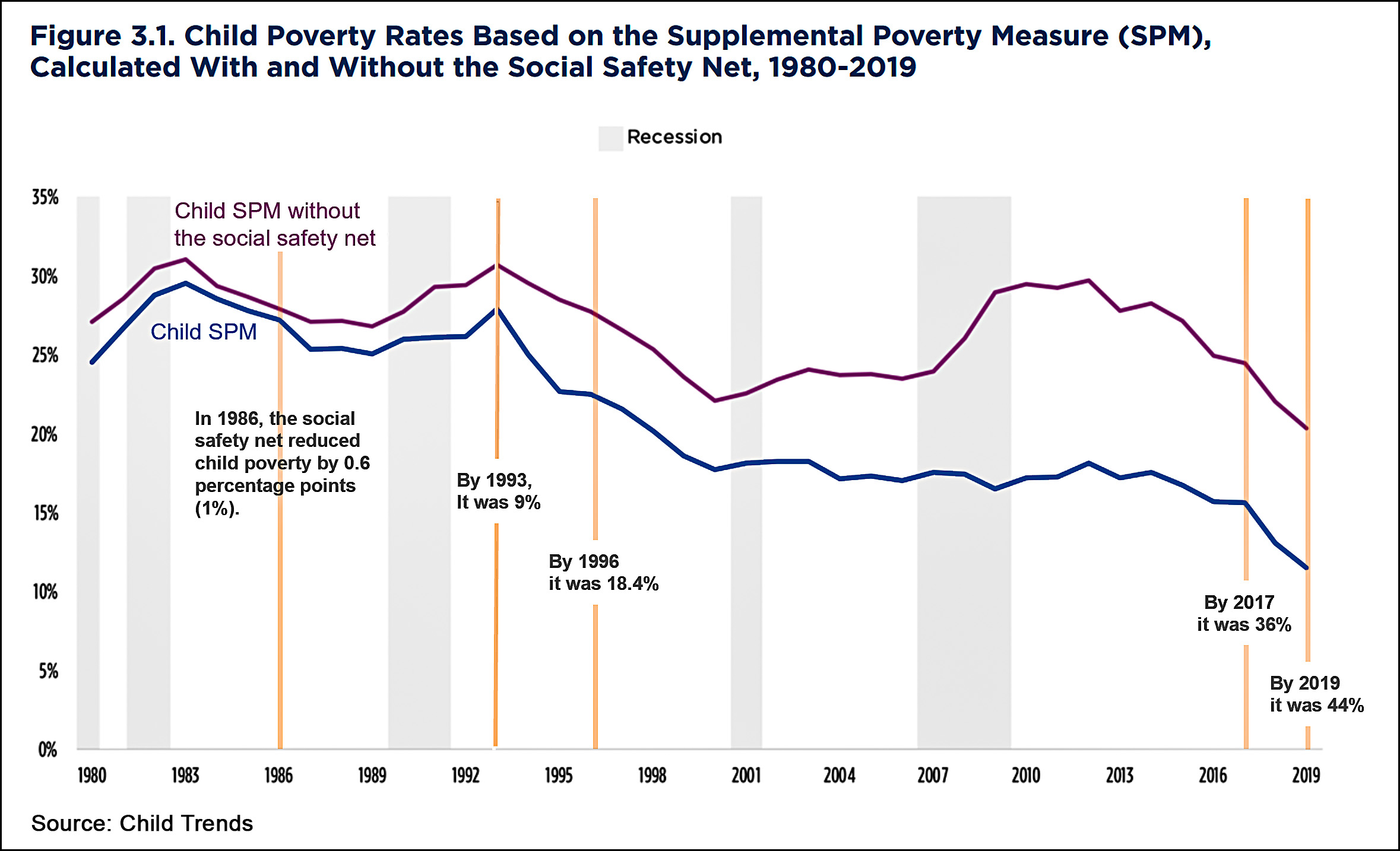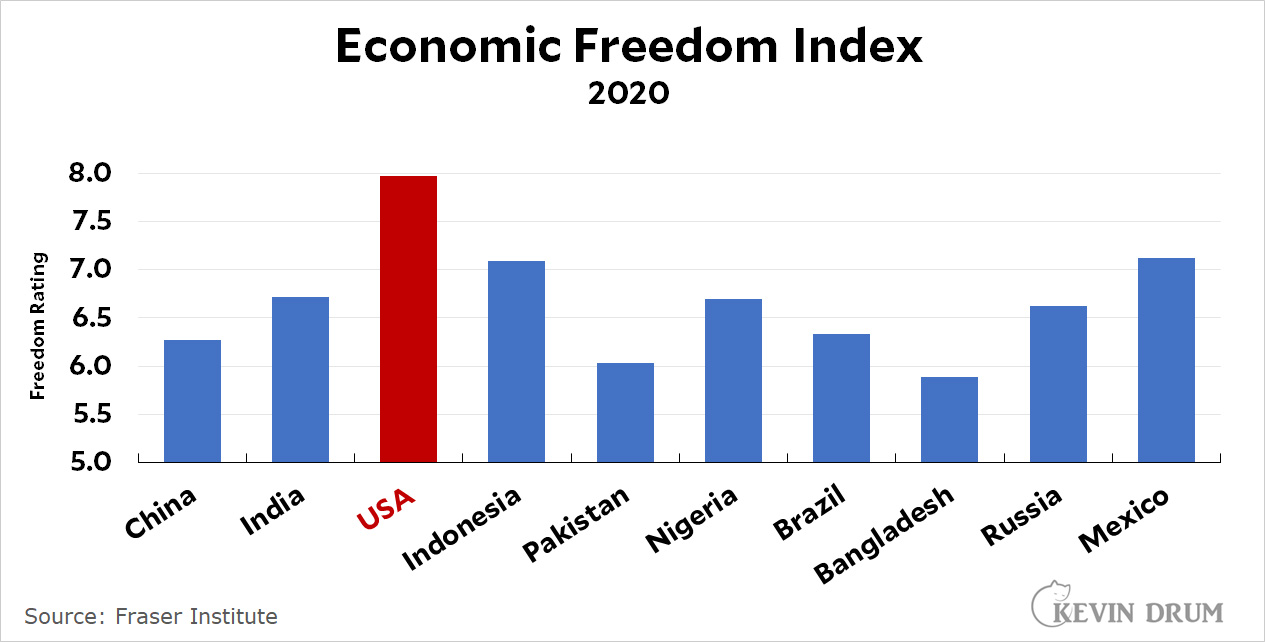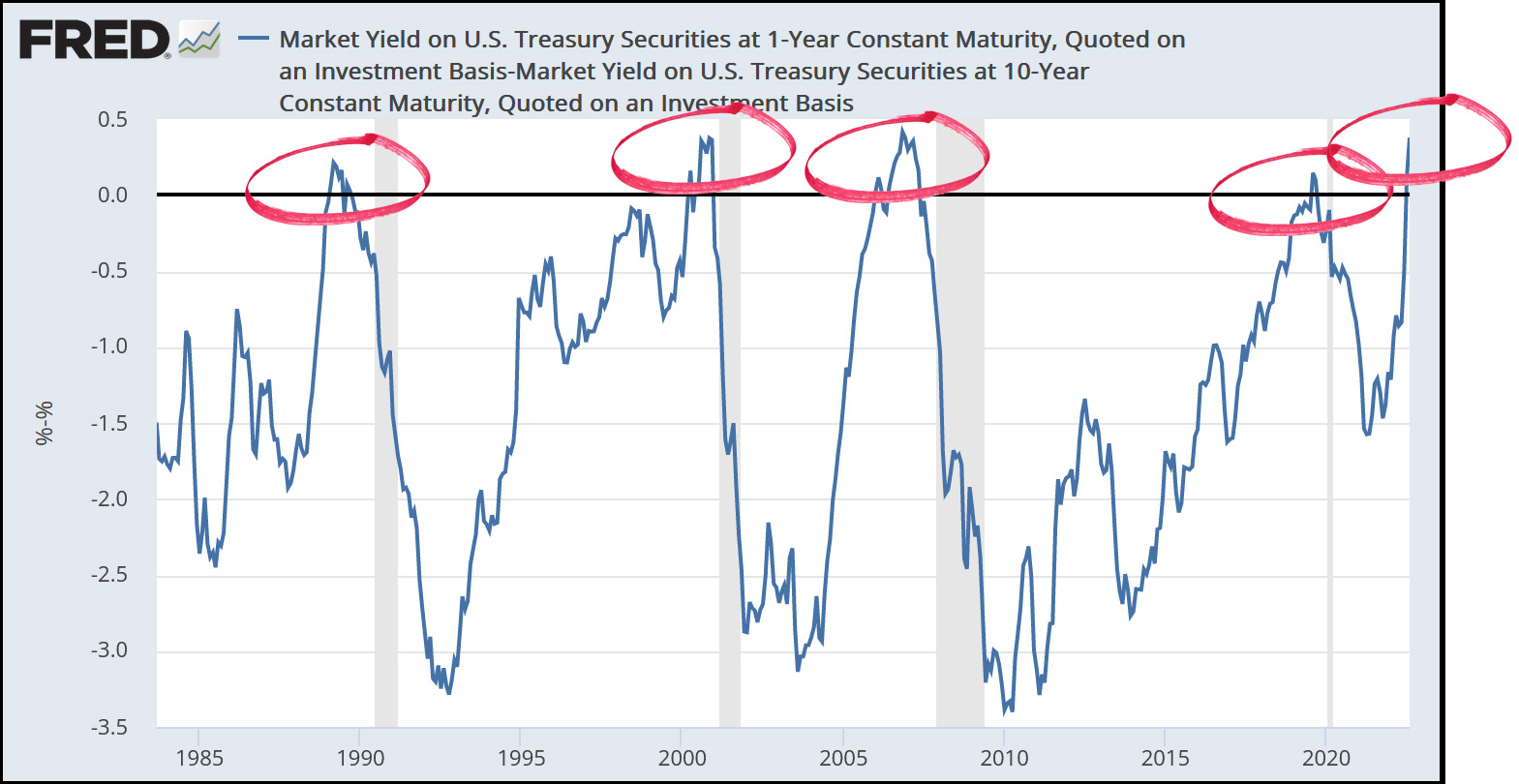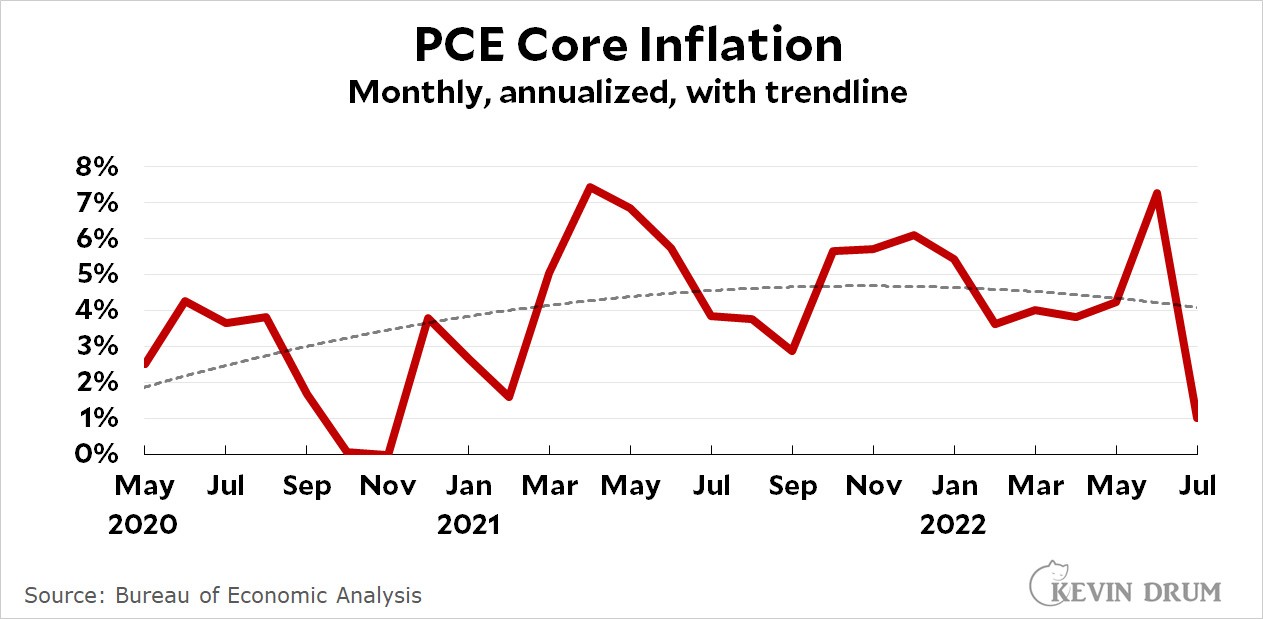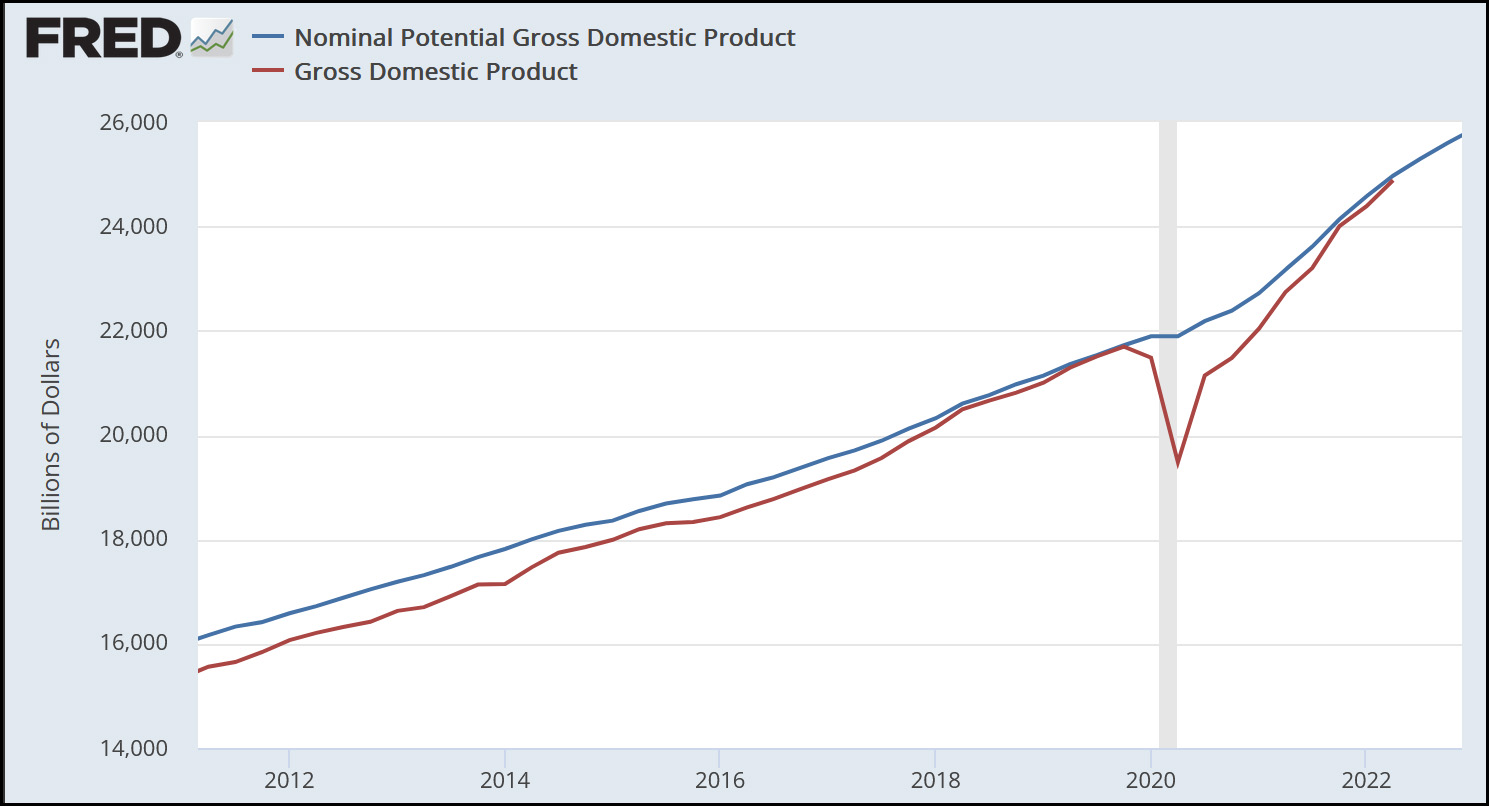Today in the New York Times, Pamela Paul introduces us to Bo Seo, a two-time world debate champion. He thinks we have a problem:
“We disagree badly: Our arguments are painful and useless.” We spend more time vilifying, undermining and nullifying those we disagree with than opening or changing their minds. If more people took their cues from the world of competitive debate, he argues in a recent book, it would be easier to get people to reconsider their views or at least consider those of others.
You may think I have no standing to disagree with this. Au contraire! It so happens that both my parents were university debate champions back in the day, and I'm quite sure that both of them would disagree with Bo Seo in the strongest possible terms.
(What do you say about that, mom? Give me a call.)
Formal debate is all about introducing facts—as many as possible—and then refuting them. In real life, this is not called debate, it's called the most boring thing in the entire world. It persuades no one. I've been doing it for 20 years and, as far as I can tell, have persuaded virtually no one of anything.
Donald Trump, on the other hand, almost literally doesn't know any facts. Nor can he refute them in any rational way. But he is practically a cult leader.
Sadly, people are not persuaded by facts. They are persuaded by emotions. They are persuaded only when they're listening to someone who shares their worldview. They are persuaded by "arguments" that are beneficial to them—perhaps monetarily, perhaps in conferring status, perhaps in vilifying people they already didn't like. This is how you win in real life.
And don't make the mistake of thinking that you're the exception. Oh, you might be. The odds are a thousand to one against, but there are a few of you. The other 999, however, from PhDs down to ninth-grade dropouts, have no interest in dull facts and have no way of evaluating them anyway. They just want their biases confirmed and their status in the world elevated. Do that, and you too can win the presidency.

